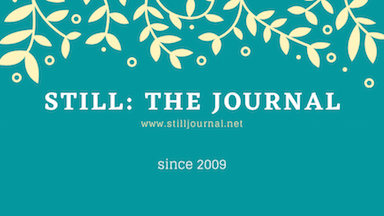For Eastern Kentucky
I still can't blame the rain. I can't
fault Earth Mother for the tears that formed
clouds in Her eyes, fell quick in thick streams
down every ridgeline, washcloth wringing
one thousand years of water into grassy valley basins
to tend to Her wounds, weeping vermillion
mine runoff, wrapped in clear plastic, nostrils
steeped in diesel’s stench, interludes of ragged gasps
between coughing fits, sable puffs of coal dust.
Why wouldn’t She purge this poison
from Her body, my home?
Perhaps She is more human
than we children comprehend.
Perhaps we forgot our nature:
wild animals, lips latched to Her bosom,
this metal and concrete no nobler
than river rocks on highways or bugs
on windshields, deer grazing in gardens,
bears treasure hunting in trash cans.
Why curse clouds for doing
what clouds know how to do?
Why not take time to learn instead
of the burden beaks bear
in the wake of fallen nests,
how a beavertail tailors
the hemlines of fractured dams,
what miracles my mother made
when the sun greeted her with sleep
shuttering her eyes, bones moaning
from the toil of days before: breakfast
wrestled from empty pantries, a feast
fit for sharing with neighbors.
May we patch our wounds like healers do.
May we patch our buildings like builders do.
We’ll stitch hearts back together like families do,
make quilts of what remains like grandmothers do.
And like the frogs and the crickets
that first night of the flood, remember
we can still get together and sing.

Brandon Sun Eagle Jent resides in Whitesburg, Kentucky, on the unceded lands of the ᎠᏂᏴᏫᏯ, S'atsoyaha, and Shawanwaki nations. A lover of words, languages, and stories, he holds a Masters degree in Linguistic Theory and Typology from the University of Kentucky. Brandon writes poetry as part of a lifelong dialogue between himself, his kin (human and other-than-human), and the natural world, making each piece both a transcript and a love letter.
